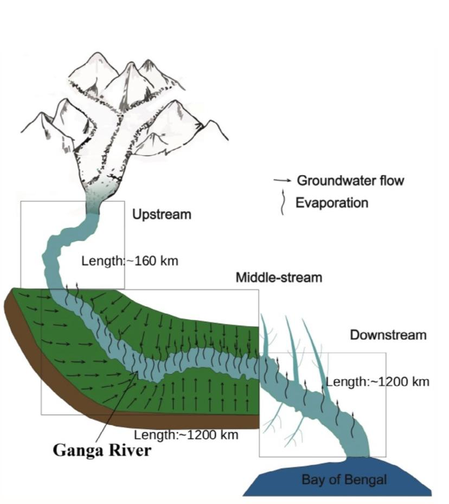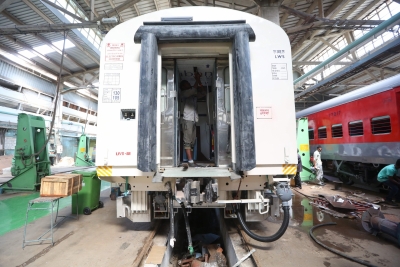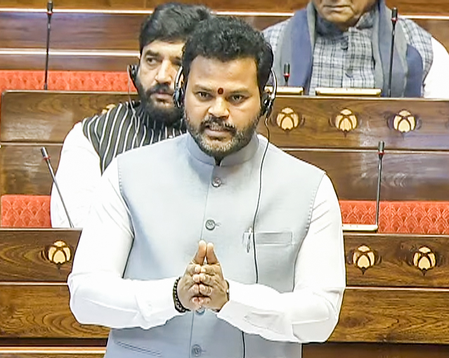
New Delhi, Aug 1 (IANS) The river Ganga is primarily sustained by groundwater discharge, not glacial melt as widely believed, according to a study led by researchers at the Indian Institute of Technology (IIT) Roorkee.
The study showed that natural underground contribution boosts the river’s volume by nearly 120 per cent along the middle stretch.
Meanwhile, more than 58 per cent of the river’s water is lost to evaporation during summer — an alarming yet overlooked component of the river’s water budget.
Published in the journal Hydrological Processes, the study reveals the negligible role of glacial melt in maintaining the Ganga’s flow in the Indo-Gangetic plains during summer.
The study quantifies that beyond the Himalayan foothills, the glacier-fed input is virtually absent and does not influence the summer discharge up to Patna. Post-Patna, tributaries like Ghaghara and Gandak become the dominant contributors.
“This research redefines how we can understand the Ganga’s summer flow. It should prove a sustainable future river rejuvenation strategy, not just for the Ganga but for all major Indian rivers,” said Prof. K.K. Pant, Director of IIT Roorkee.
Contrary to prior satellite-based studies warning of severe groundwater depletion across North India, the new findings based on a full-scale isotopic analysis of the Ganga River from its Himalayan origin to its deltaic end, including its major tributaries, indicate largely stable groundwater levels across the central Ganga Plain.
In fact, consistent flows from shallow hand pumps across decades reinforce the evidence of a resilient aquifer system that continues to feed the Ganga during non-monsoon periods.
“Our analysis shows that the Ganga is not drying because groundwater is depleting, but due to over-extraction, excessive diversion, and neglect of tributaries. Groundwater is still the hidden lifeline of the Ganga,” said lead author Prof. Abhayanand Singh Maurya, faculty at the Department of Earth Sciences, IIT Roorkee.
The findings strongly support reviving tributaries, increasing environmental flow releases from barrages, and protecting local water bodies to recharge aquifers.
–IANS
rvt/




